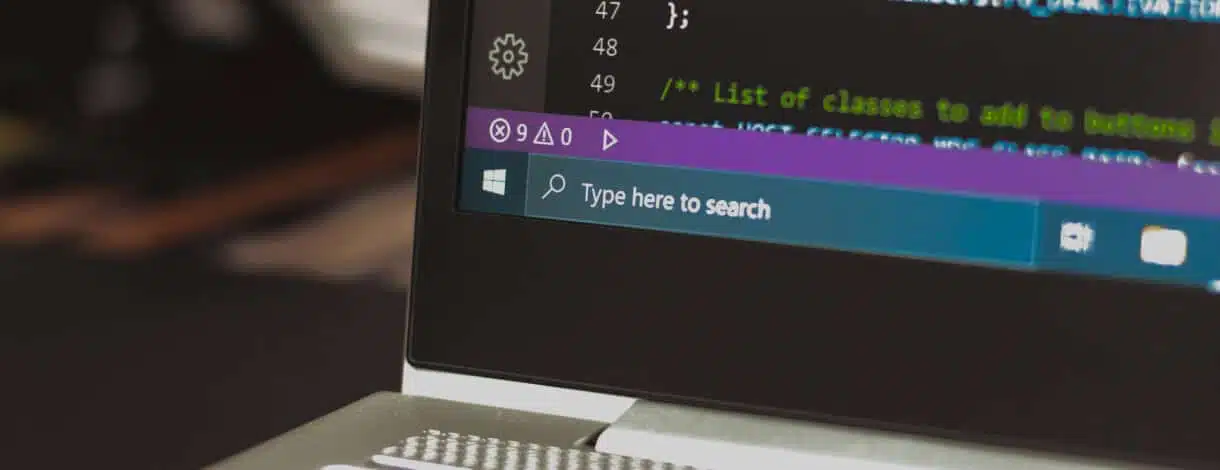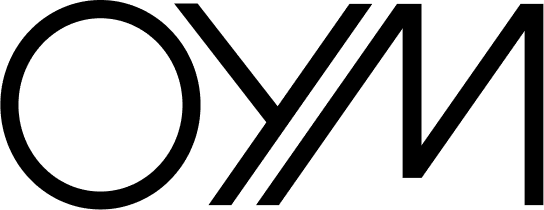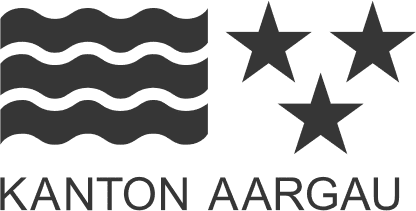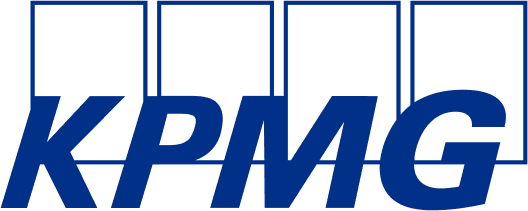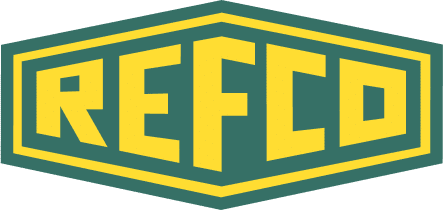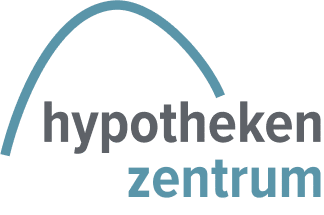Re-engineering (legacy modernization) by soxes reduces manual processes, closes security gaps, and lowers maintenance costs by technically modernizing existing applications.
In this article you will learn:
- Re-Engineering explained: Analysis, code optimization, and architecture updates for old applications like Delphi, Access, or .NET.
- Business Impact: Fewer failures, lower operating costs, and faster development of new features.
- Why act now: Outdated systems cause up to 30% higher maintenance costs and are significantly more susceptible to security incidents.
